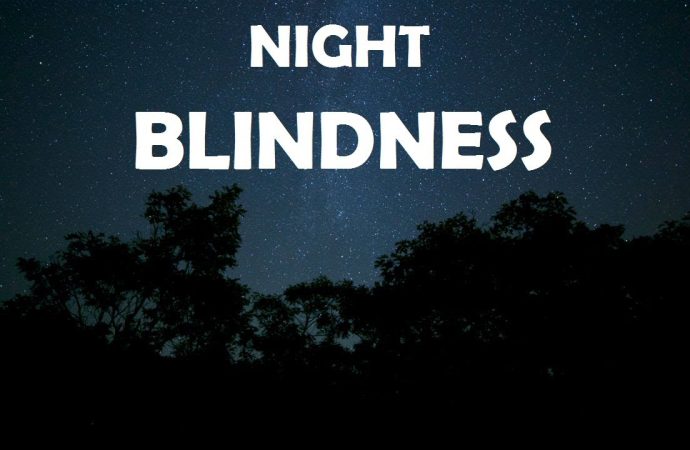Understanding Night Blindness Night Blindness, medically termed nyctalopia, is a condition characterized by difficulty seeing in low-light environments or adjusting to changes in light conditions. This comprehensive guide provides insights into the causes, symptoms, treatment options, and preventive measures for night blindness. Overview Night blindness poses challenges in vision perception, particularly in dimly lit surroundings,
Understanding Night Blindness
Night Blindness, medically termed nyctalopia, is a condition characterized by difficulty seeing in low-light environments or adjusting to changes in light conditions. This comprehensive guide provides insights into the causes, symptoms, treatment options, and preventive measures for night blindness.
Overview
Night blindness poses challenges in vision perception, particularly in dimly lit surroundings, due to underlying issues with the eyes’ ability to adapt to varying light levels. It’s crucial to recognize that is not a standalone ailment but rather a symptom indicative of various underlying eye conditions.
How It Works
The intricate process of seeing in the dark involves the coordinated functioning of retinas and irises within the eyes. Retinas house specialized cells known as rods and cones, responsible for light detection and color vision, respectively. Concurrently, irises regulate the amount of light entering the eyes. Night blindness can occur when these components malfunction or when conditions disrupt light transmission through the eyes.
Symptoms
Night blindness manifests through several telltale signs:
- Difficulty seeing in low-light conditions.
- Blurred vision or reduced visual acuity in dim environments.
- Challenges in focusing or discerning objects at night.
These symptoms may arise from inadequate light reaching the retinas or malfunctioning retinal cells, leading to impaired night vision.

Image by: yendex.com
Possible Causes
Night blindness arises from various factors, including:
- Issues with Light Transmission: Conditions such as cataracts, glaucoma, and post-laser vision correction surgeries can hinder the passage of light through the eyes.
- Retinal Dysfunction: Diseases like retinitis pigmentosa, cone-rod dystrophy, and congenital stationary night blindness affect the functionality of retinal cells, leading to impaired night vision.
Care and Treatment
Effective management of revolves around addressing the underlying cause. While certain conditions, like cataracts or vitamin A deficiency, are treatable, others, such as genetic retinal diseases, may necessitate symptom management. Treatment modalities vary and should be tailored to individual circumstances under the guidance of an eye care specialist. Explore more about (Thyroid)

Image by: yendex.com
Complications and Risks
Untreated can exacerbate daytime vision impairments, potentially endangering activities like driving. Timely medical intervention is paramount to mitigate the risks associated with impaired vision and ensure optimal eye health.
Prevention
Preventive measures can mitigate the risk of developing. For instance, individuals susceptible to vitamin A deficiency, particularly post-gastric bypass surgery patients, can benefit from vitamin supplements. Proactive steps to maintain overall eye health, including regular eye examinations, also play a crucial role in preventing nyctalopia.
When to Seek Medical Attention
Any onset of night blindness warrants prompt evaluation by an eye care specialist. It’s imperative to refrain from engaging in activities like driving in low-light conditions until a comprehensive assessment is conducted to ascertain safety.
In Conclusion
Night blindness, while posing challenges to vision, is manageable with proper diagnosis, treatment, and preventive measures. By understanding its underlying causes, recognizing symptoms, and adhering to recommended interventions, individuals can safeguard their vision and maintain optimal eye health.
















